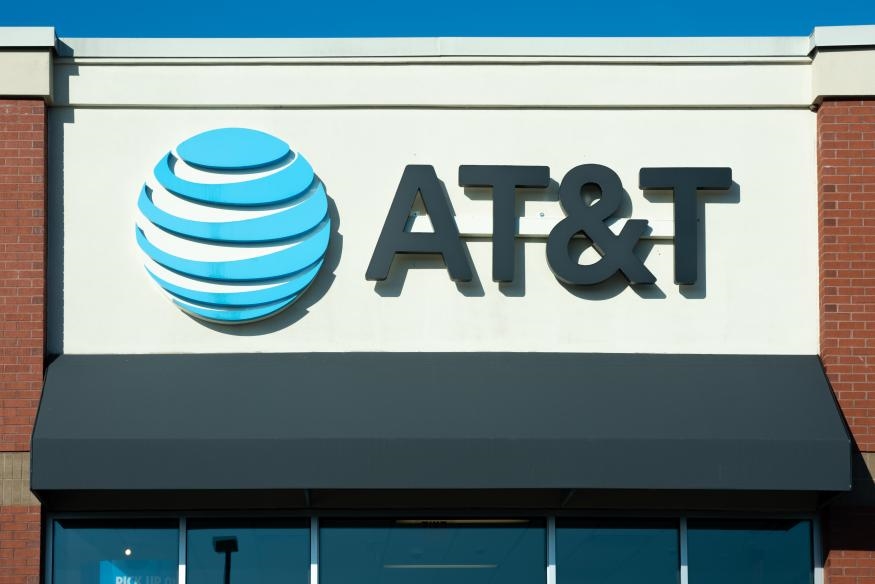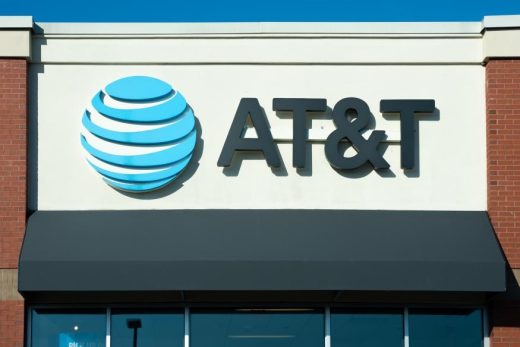Cellular satellite test successfully beams 4G data from space to a regular phone
AT&T helps complete the first ‘space-based voice call’ using a standard smartphone

AST SpaceMobile, a satellite communications specialist, with the help of AT&T, has announced the first two-way audio call using satellites with a standard smartphone. The initial call was placed using AT&T’s networks in Midland, Texas, to mobile carrier Rakuten in Japan on an unmodified Samsung Galaxy S22 smartphone using AST SpaceMobile’s BlueWalker 3 satellite.
The use of satellites could be a significant step toward increasing cellular access not only in the US, where large areas of the country struggle with service, but in developing countries too. Typically a mobile phone call requires nearby cell towers to provide service. Many areas across the United States, such as rural communities and national parks, are “dead zones” — yes, just like the eerie early 2000s Verizon commercials warned. The same technology could be a great solution to the same issues in developing countries. Instead, satellites could act as a sort of space-based network of cell towers — with AST SpaceMobile claiming it’s “building the first and only space-based cellular broadband network.”
AT&T aims to use satellites to provide global cellular broadband from 2G to 5G. “Achieving what many once considered impossible, we have reached the most significant milestone to date in our quest to deliver global cellular broadband from space,” Abel Avellan, CEO and chairman of AST SpaceMobile, said in a release. “While we take a moment to celebrate this tremendous accomplishment, we remain focused on the path ahead and pivotal next steps that get us closer to our goal of transforming the way the world connects.”
It’s unclear whether satellite access would come at an extra cost. In AT&T’s original AST SpaceMobile partnership annoucement, the company couldn’t say whether existing plans would include satellite coverage.
AT&T is one of a few carriers looking to expand its satellite access. Verizon teamed up with Amazon’s Project Kuiper satellite network in 2021 with the intention of connecting underserved communities and industries. Amazon is in the midst of launching its satellites into space, with its FCC license requiring at least half of the 3,236 they plan to deploy to be operational by July 2026.
T-Mobile has also partnered with SpaceX, a major competitor of Project Kuiper, with plans to “start getting into testing” its satellite mobile coverage this year. There are currently over 4,000 Starlink satellites in orbit, though some have experienced issues requiring them to be removed from orbit or tested further. T-Mobile has claimed customers should have satellite access through most existing plans and, like AT&T, that existing phones should work with the satellite offerings.
While satellite offerings aren’t available for consumers yet, this successful test brings widespread access one step closer to becoming a reality.

(15)


